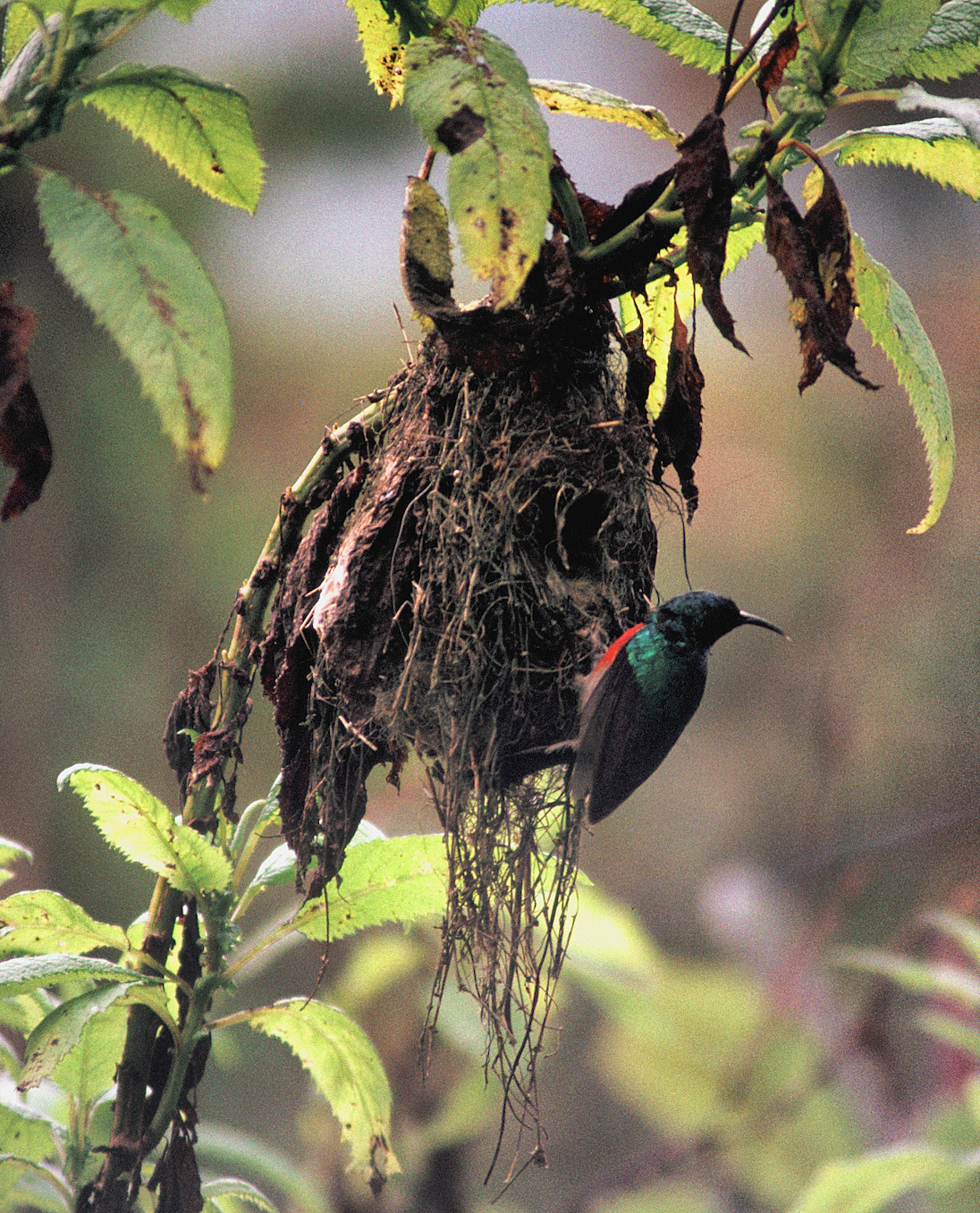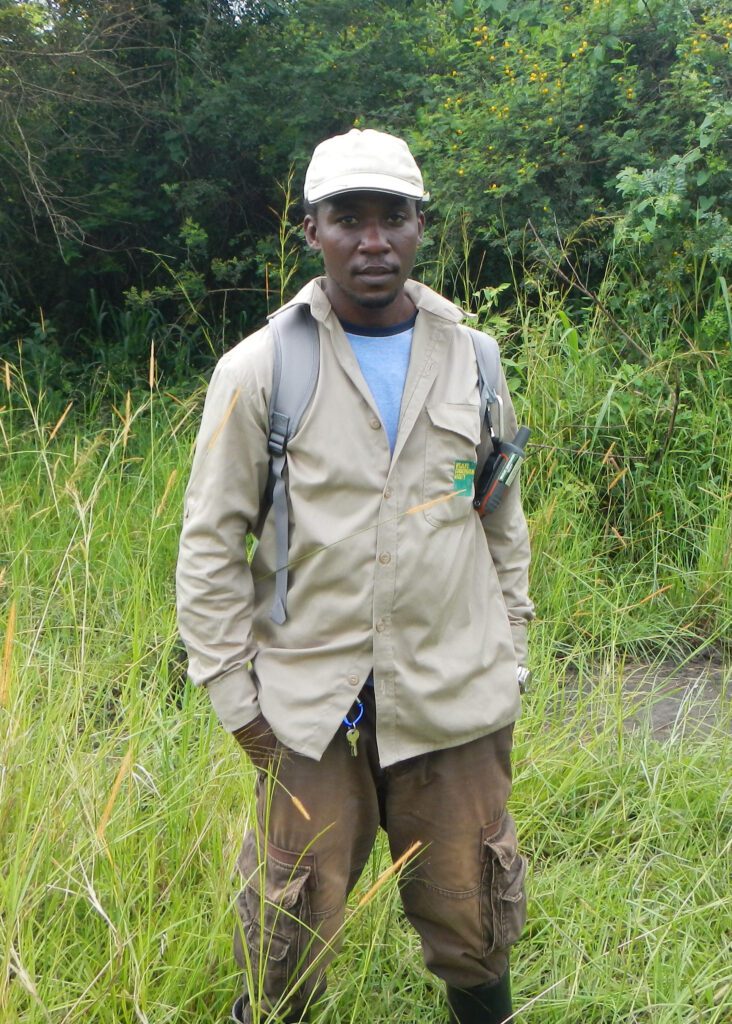Birds likely hold smart insights about coexisting in popular habitats – especially as climate change looms. But tapping into that knowledge has a big hurdle: knowing where and how numerous birds live successfully in vast environments.

In today’s biological research journal Proceedings of the Royal Society B, scientists at Michigan State University peeled back layer upon layer of big data to tease out real-life answers that until now have been explored mostly in small-scale experiments.
Sam Ayebare, a Ph.D. candidate in the Department of Integrative Biology from Uganda, has led the work that is the first step to understanding how so many birds can coexist in the vast Albertine Rift ecoregion in east-central Africa. More birds live in this biodiversity hotspot than anywhere else on the African continent – a veritable teeming feathered metropolis.
“We want to understand how species – in this case, birds – coexist without driving each other to extinction,” Ayebare said. “To protect a species, you must first understand where they are and why.”
Past methods to understand how animals, birds or insects used space relied on experiments in laboratories or on small plots of land. Create a desirable space, then see what creature comes or stays.
But Ayebare, as part of MSU’s Zipkin Qualitative Ecology Lab, understood more truth was hidden in the vast amounts of data collected by scientists at 519 sampling sites across a montane forest in the diverse region of the Albertine Rift. Scientists strategically selected points of land across huge elevations and environmental gradients and recorded all birds seen or heard over a fixed period of time. That led to the identification of over 6,000 individuals across 129 species.
That observational data was cross-referenced with specific information about temperature, rainfall, and databases that track species' dietary preferences, activity patterns, body sizes, and use of the forest canopy for food and shelter.
Managing enormous amounts of information from many different sources is like digging into a treasure chest and finding the gems hidden in a huge, complicated puzzle. The Quantitative Ecology Lab, led by Elise Zipkin, an associate professor of integrative biology, pioneers statistical models to unravel some of the world’s most alarming natural mysteries at the intersection of ecology, conservation biology, and the management of biodiversity. The mission: to understand and predict how and why nature is changing, the consequences of those changes and what can be done to mitigate biodiversity loss.
“We’re interested in the circumstances that allow biodiversity to flourish – what makes species co-existence possible?” Zipkin said. “There is a lot of pressure on biodiversity in the modern age. It helps to understand what types of conditions, at very small to very large scales, can facilitate the protection of species.”
By examining new insights into the birds’ habitat with another question and more data, Ayebare and his team teased out where different species were, and how they were managing to coexist. Amongst their findings were that birds partition their habitat use along environmental gradients – temperature, precipitation, and forest vegetation types. Within the prime habitats for various species groups, the scientists could see that birds of similar species will divvy up territory within the habitat – some using the canopy, others staking a claim to lower levels of a forest. The data revealed a sense of the different strategies the birds adopt to survive.
“Species have organized themselves over millions of years,” Ayebare said. “We want to develop ways to figure out what they will do next to survive.”
Translating big data into big insights demands tenacity, Zipkin said. “Sam’s familiarity with the area enabled him to really feel the questions of how bird species in the Albertine rift coexist across spatial scales.”
Zipkin is director of MSU’s Ecology, Evolution, and Behavior Program of which Ayebare is a member, along with co-author Jeffrey Doser. “An environmental habitat gradient and within-habitat segregation enable the co-existence of ecologically similar bird species” also was authored by Andrew J. Plumptre of BirdLife International and Cambridge University, Isaiah Owiunjiof Kabale University in Uganda and Hamlet Mugabe of Wildlife Conservation Society in Uganda.
The work was supported by the National Science Foundation, WCS Graduate Scholarship Program, the Beinecke African Conservation Scholarship, and World Wildlife Foundation’s Russell E. Train Education for Nature Program.
This story originally appeared on the College of Natural Science's Ecology, Evolution and Behavior website.
